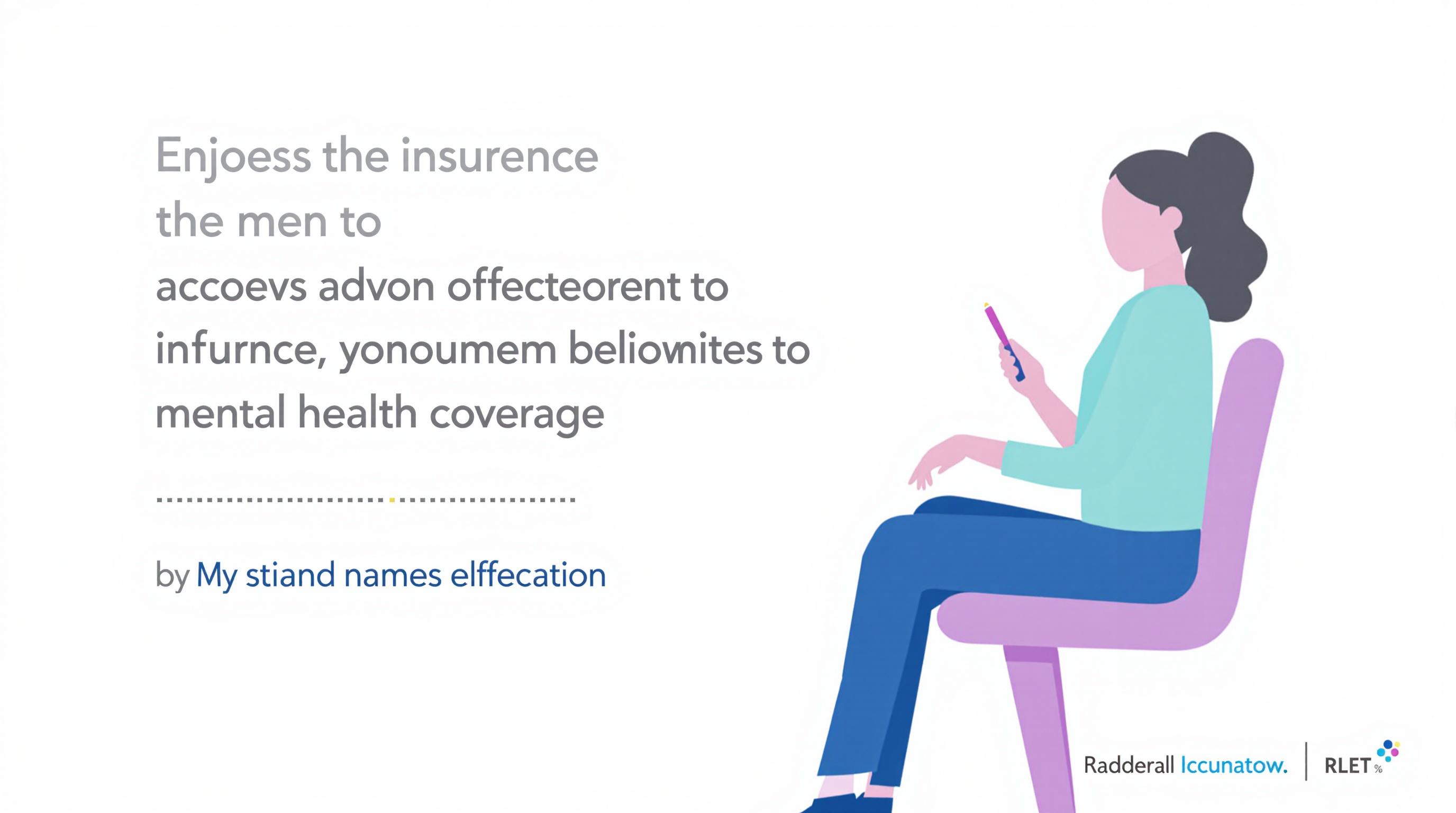Related Articles
- The Unexpected Impact of Environmental Factors on the Accuracy of Medication Dispensing Technologies
- Exploring the Influence of Mental Health Stigma on Accessibility and Affordability of Coverage in Modern Insurance Plans
- How Cloud Storage Quirks Are Quietly Complicating Patient Data Protection in Modern Healthcare Settings
- Top 6 Emerging Medical Billing Platforms Revolutionizing Practice Revenue Cycles Since 2019
- When Digital Distance Deepens Divide: Surprising Social Costs of Remote Health Services in Underserved Communities
- The Unexpected Role of EHR Usability in Physician Burnout and Strategies to Reclaim Workflow Balance
7 Cutting-Edge Health Insurance Selections Tailored for High-Risk Professions Navigating 2024 Challenges
7 Cutting-Edge Health Insurance Selections Tailored for High-Risk Professions Navigating 2024 Challenges
7 Cutting-Edge Health Insurance Selections Tailored for High-Risk Professions Navigating 2024 Challenges
Introduction to Health Insurance in High-Risk Professions
High-risk professions—ranging from construction workers and firefighters to healthcare providers and pilots—face unique health challenges that demand specialized insurance coverage. The year 2024 has introduced new market dynamics and regulatory changes pushing insurers to innovate policies that meet these needs more effectively.
Insurance providers now frequently incorporate advanced risk assessment tools, including AI and big data analytics, to tailor premiums and coverage limits precisely. This bespoke approach ensures that high-risk professionals receive optimal protection without overpaying for unnecessary benefits.
Understanding these developments is crucial for professionals seeking the best safeguards against occupational hazards. This article explores seven leading insurance selections designed to navigate the complexities and demands of high-risk careers this year.
1. Comprehensive Specialty Workers’ Compensation Plans
Workers’ compensation plans have traditionally provided a safety net for employees injured on the job, but today's high-risk roles require more sophisticated coverage. Comprehensive specialty plans now cover not only immediate injury costs but also long-term disability, mental health support, and rehabilitation services.
Insurance companies like State Compensation Insurance Fund and Berkshire Hathaway have introduced enhanced offerings integrating telemedicine and workplace injury prevention programs. These initiatives reduce claim frequency and improve recovery times.
Such plans balance affordability with extensive coverage, helping employers and workers alike navigate the rising cost of workplace injuries exacerbated by inflation and workforce shortages.
2. Customized Critical Illness Policies for High-Exposure Workers
Workers in environments with elevated exposure to carcinogens or infectious diseases benefit from critical illness policies tailored to their risks. These policies cover diseases such as cancer, tuberculosis, and other chronic illnesses with emergency treatment and long-term care provisions.
Leading insurers have incorporated predictive health modeling to assess risk profiles accurately, allowing for competitive premiums and comprehensive benefit packages. Providers such as Cigna and Aetna emphasize early detection and ongoing patient management to minimize financial stress for insured individuals.
By addressing occupation-specific risks, these policies offer high-risk workers a vital financial buffer and peace of mind in the face of potential health crises.
3. Enhanced Mental Health Coverage for Traumatized Professionals
Mental health is increasingly recognized as a critical component of occupational wellness, particularly in professions exposed to traumatic situations. Insurance policies now prioritize mental health by offering access to counseling, psychiatric care, and digital mental wellness platforms.
New initiatives from insurers like UnitedHealthcare focus on integrating mental health into primary coverage plans, reducing stigmas and improving outcomes. These offerings often include 24/7 crisis intervention and stress management support tailored for particular high-risk fields such as emergency responders and military personnel.
This trend acknowledges the invisible wounds tied to demanding work environments and addresses them through innovative insurance solutions encouraging early intervention and sustained care.
4. Telehealth-Integrated Insurance Plans
Telehealth services have become a cornerstone in modern health insurance, especially for high-risk workers with unpredictable schedules or remote work sites. Insurance carriers now embed telemedicine into their coverage, allowing immediate access to healthcare professionals without physical visits.
Plans from companies like Blue Cross Blue Shield encourage the use of virtual consultations, diagnostics, and even remote monitoring devices to manage chronic conditions or obtain urgent advice. This not only increases convenience but also reduces healthcare costs and improves ongoing disease management.
Such technologically advanced plans represent a significant leap forward in accessibility and continuous care, especially vital for high-risk professionals facing unique logistical challenges.
5. Flexible Deductibles and Premiums via Usage-Based Models
Usage-based insurance models have emerged as an innovative solution that offers flexibility through adjustable deductibles and premiums tied to actual health service utilization. This approach benefits high-risk individuals who may have varying health needs throughout the year.
Insurers equipped with AI-powered data analytics, such as Anthem and Humana, can monitor health behaviors and adjust policies in real time, promoting cost savings while incentivizing healthy lifestyles and safe workplace behavior.
This model ensures affordability and fairness, tailoring financial responsibility in alignment with individual risk exposure and care demands.
6. Specialized Coverage for Occupational Diseases
Occupational diseases linked to environmental exposures have gained renewed focus amidst tighter health and safety regulations. Specialized insurance covering diseases like silicosis, chronic obstructive pulmonary disease, and repetitive strain injuries offers workers targeted protection.
Companies such as Zurich Insurance Group have crafted policies responding to evolving workplace hazards and regulatory requirements, providing lump-sum payments, ongoing medical management, and compensation for lost income related to these chronic conditions.
This specialized focus rewards early diagnosis and supports long-term health outcomes for affected professionals, reflecting a holistic understanding of occupational health within insurance frameworks.
7. Integration of Wellness Incentives and Preventative Care
Modern health insurance for high-risk professions incorporates wellness programs and preventative care incentives, transforming traditional models into proactive health partnerships. These programs reward healthy behavior, vaccination participation, and routine screenings with premium discounts and cash-back rewards.
Insurers such as Kaiser Permanente have established robust wellness platforms that integrate fitness tracking, nutritional guidance, and mental health resources tailored specifically to the high demands and stressors of risky occupations.
By incentivizing prevention, these plans reduce long-term health costs and improve overall worker well-being, making them indispensable in the evolving landscape of occupational insurance coverage.
Navigating 2024 Challenges in Health Insurance for High-Risk Workers
The year 2024 presents ongoing challenges such as inflationary pressures, evolving regulatory landscapes, and a persistent shortage of healthcare professionals. High-risk insurance plans must adapt dynamically to balance cost, coverage, and accessibility.
Technological innovation, data integration, and personalized service models form the backbone of these adaptations, enabling workforce-specific policies that respond to change swiftly. Stakeholders continue to collaborate in ensuring plans remain both comprehensive and economically viable.
In understanding these contextual pressures, professionals and employers can better evaluate the insurance options presented by the industry’s leading providers in this critical year.
Conclusion: Selecting the Right Plan for High-Risk Professions
Choosing an appropriate health insurance plan in high-risk professions requires careful consideration of coverage scope, flexibility, and new innovations tailored to occupational hazards. The seven cutting-edge selections reviewed exemplify the market’s response to industry challenges and worker needs in 2024.
Employers and workers should prioritize plans offering comprehensive protection, mental health support, telehealth access, and incentives for healthy living. Such a combination not only mitigates risk but also fosters resilience amid the uncertain healthcare and economic environment of this year.
Ultimately, an informed decision grounded in emerging trends and real-world data ensures that high-risk professionals maintain security and peace of mind, empowering them to face daily challenges with confidence.
References
1. State Compensation Insurance Fund, "2024 Specialty Workers’ Comp Plans," accessed June 2024.
2. Centers for Disease Control and Prevention, "Occupational Health and Safety Updates," April 2024.
3. UnitedHealthcare, "Mental Health Coverage Innovations," 2024 Annual Report.
4. Blue Cross Blue Shield, "Telehealth Integration in Health Insurance," March 2024 Release.
5. Kaiser Permanente, "Workplace Wellness Programs for 2024," accessed June 2024.




